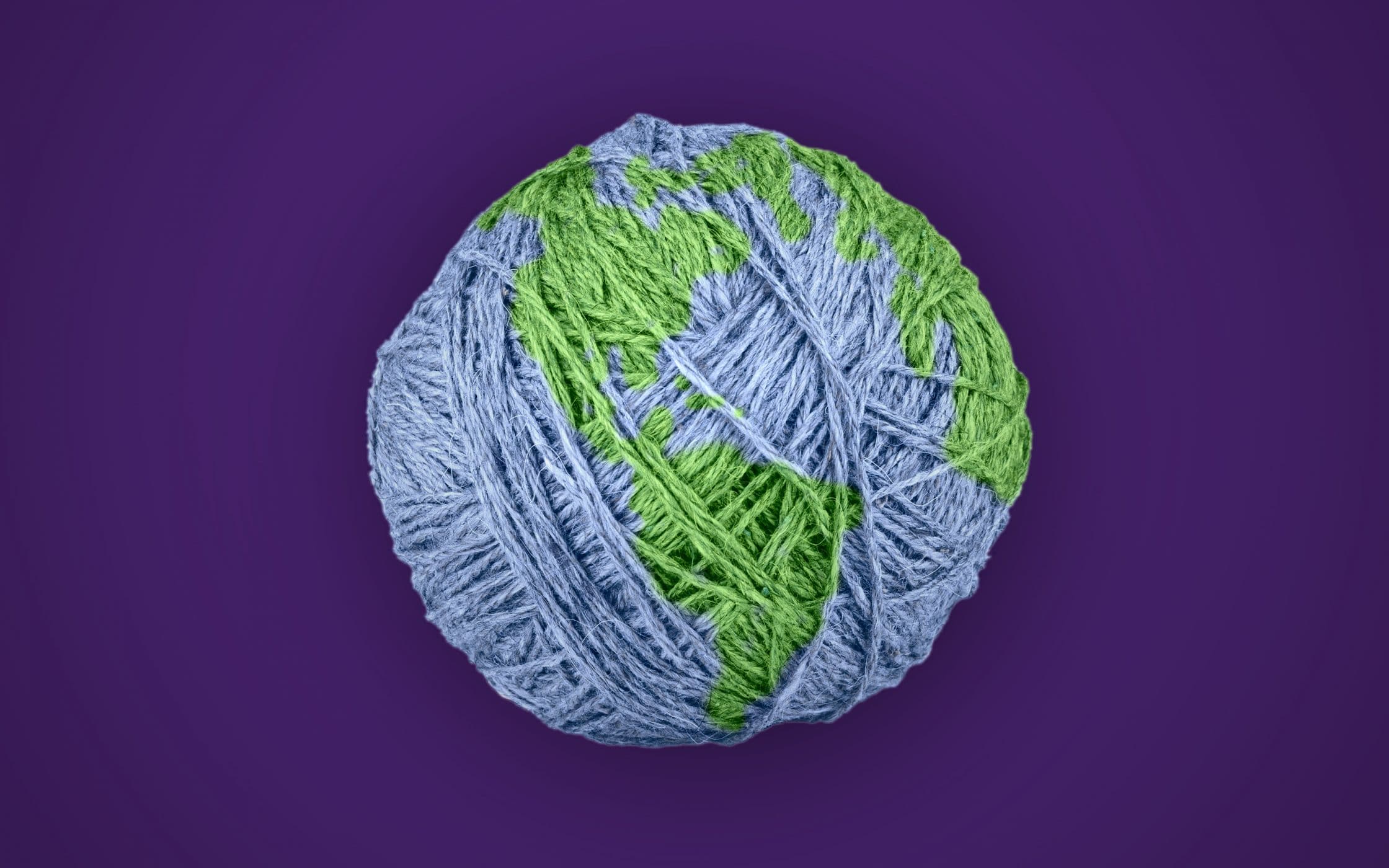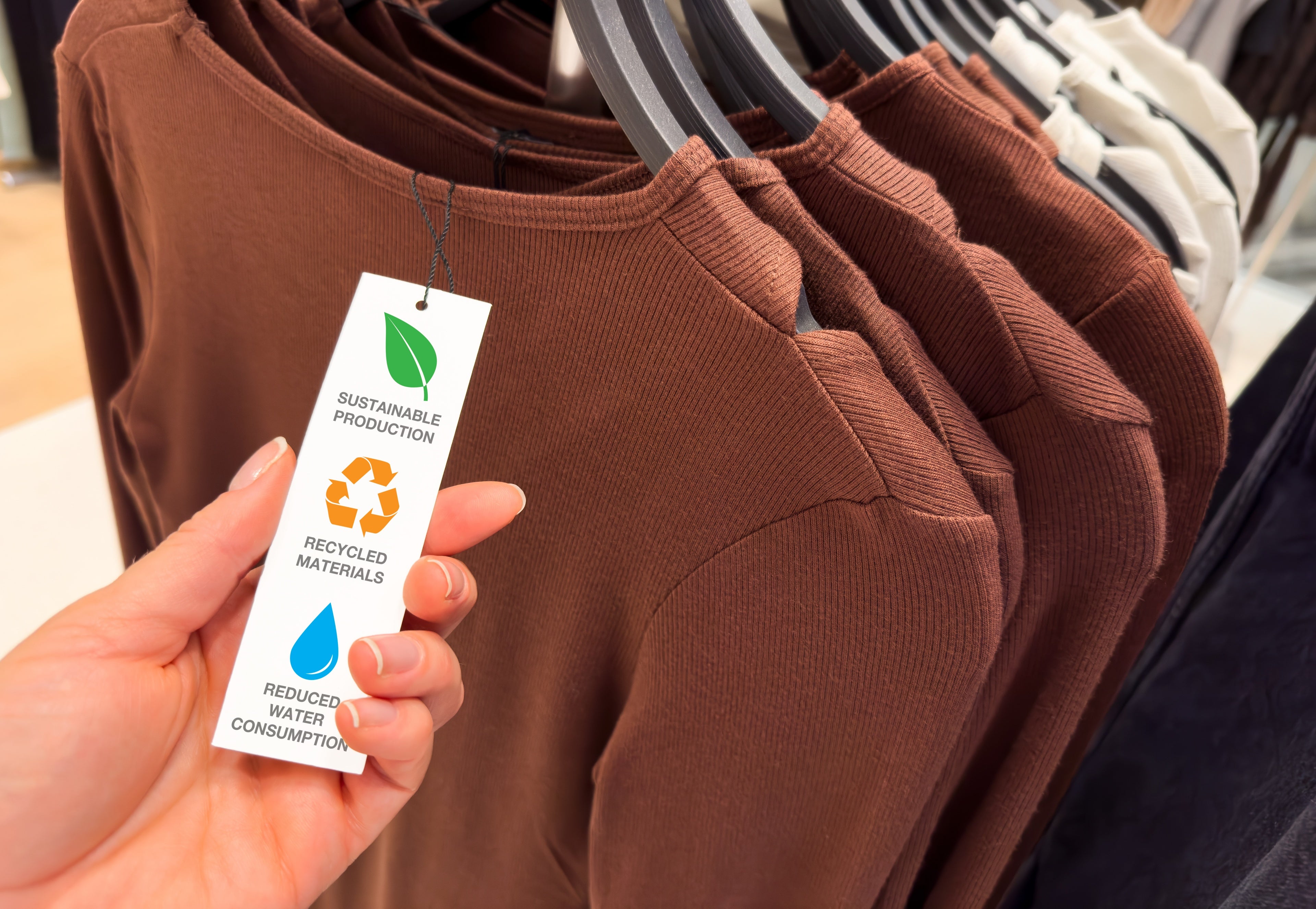Cape Town Sustainable Fashion: Redefining Design with Honest Choices
Wiki Article
Remain Ahead of the Curve by Checking Out Innovative Style Patterns
In an industry as dynamic as fashion, staying in advance includes even more than simply following existing fads-- it requires an exploration of technology. Smart fabrics, for instance, are transforming garments into useful masterpieces, while 3D printing is revolutionizing layout procedures with its customizable, waste-reducing capacities. As sustainability comes to be a cornerstone, developments like eco-friendly products and round style practices are improving ecological obligation - Cape Town Sustainable Fashion. Moreover, the merging of modern technology and style proclaims a brand-new period of customer interaction. Exactly how, then, can these emerging trends redefine the future of style, and what ramifications do they hold for brand names looking for to grow in this evolving landscape?
Welcoming Smart Textiles
Recently, the garment industry has witnessed a transformative change with the integration of wise fabrics, a cutting-edge advancement that mixes technology with fabric. This development stands for not just a blend of visual appeals and performance yet additionally a significant leap towards sustainability and personalization in fashion. Smart textiles, also called e-textiles, embed sophisticated electronics such as sensors and conductive strings within the fabric, allowing garments to engage with the user or the atmosphere.These textiles are developed to keep an eye on physiological specifications, such as heart price or body temperature, providing real-time health analytics. Beyond wellness applications, smart fabrics are additionally being made use of for adaptive clothes, which can change shade or pattern in feedback to ecological stimuli, hence supplying a dynamic fashion experience.
Moreover, the growth of energy-harvesting textiles that create power from motion or sunlight is leading the way for self-dependent wearable innovation. This advancement is appealing to ecologically conscious consumers and developers aiming to minimize the eco-friendly footprint of fashion. As r & d in this area advance, wise fabrics are anticipated to become progressively prevalent, improving the landscape of contemporary fashion with their multifunctional capabilities.
The Increase of 3D Printing
Revolutionizing the manufacturing landscape, 3D printing has emerged as a game-changer in the fashion business. This sophisticated modern technology has actually enabled developers to push the limits of imagination, creating complex and personalized garments that were previously unbelievable. By leveraging electronic style and additive manufacturing, 3D printing assists in the creation of complex geometries and patterns, allowing developers to explore new appearances and frameworks.A noteworthy benefit of 3D printing in style is its ability to create on-demand, decreasing waste and decreasing stock demands. This performance not only enhances manufacturing procedures however likewise enables quick prototyping, enabling designers to bring their visions to life in a shorter timeframe. Additionally, 3D printing sustains personalization to a level unparalleled by traditional techniques, providing individualized fits and distinct designs customized to individual customer choices.
The rise of 3D printing has actually likewise democratized fashion, making it available to arising developers that can currently make high-grade items without significant economic investment in standard manufacturing infrastructure. As innovation remains to breakthrough, the garment industry is positioned to harness the complete capacity of 3D printing, checking out new materials and techniques that will most certainly redefine just how style is conceived and produced.
Lasting Style Developments
As the garment industry faces journalism requirement for ecological duty, lasting style developments have actually arised at the center of transformative adjustment. The expanding recognition of eco-friendly effect has sustained a shift in the direction of even more eco-conscious practices and products. Designers and brands are now focusing on sustainability, integrating methods that decrease waste and minimize carbon footprints.One significant growth is the rise of circular style, which stresses recycling and upcycling to extend the lifecycle of garments. This technique not just minimizes waste yet likewise motivates consumers to embrace an extra mindful technique to clothes consumption.
One more innovation depends on the adoption of cutting-edge dyeing strategies that utilize waterless processes or natural dyes, thereby minimizing the substantial quantities of water and chemicals commonly used in textile dyeing. Moreover, innovations in biotechnology have resulted in the development of lab-grown natural leather and textiles, supplying cruelty-free and eco-friendly options to standard materials. With these introducing initiatives, the style sector is making purposeful strides in the direction of an extra sustainable future.

Tech-Integrated Apparel
Tech-integrated garments stands for a revolutionary fusion of style and modern technology, improving how people engage with their clothes. This innovative domain name is marked by the inclusion of clever textiles and embedded electronic elements, boosting both capability and aesthetic appeal. From health and fitness trackers installed in sportswear to heated jackets controlled through smartphone applications, tech-integrated apparel supplies customers unmatched convenience and adaptability.Introducing brand names are driving this trend, focusing on developing garments that react to ecological stimulations or individual commands. For example, some garments can transform shade or pattern in feedback to temperature shifts, while others incorporate biometric sensors to check wellness metrics like heart rate or stress degrees. The smooth assimilation of technology into fabrics likewise encompasses ecological sustainability, with efforts to establish self-cleaning textiles or garments that get used to weather conditions, therefore decreasing the need for numerous layers.
In addition, the development of wearable modern technology is not just restricted to garments but prolongs to devices like watches and eyeglasses, further broadening the range of tech-integrated fashion. As the sector continues to introduce, the potential for modification and customization in apparel expands, providing consumers distinct, tech-enhanced style experiences that cater to their individual demands and choices.
Future of Virtual Fashion
In the last few years, the future of virtual style has actually become a transformative pressure within the sector, leveraging improvements read this in electronic technology to redefine exactly how style is created, experienced, and consumed. By integrating augmented truth (AR), online truth (VIRTUAL REALITY), and 3D layout devices, developers can currently craft immersive and interactive experiences that go beyond standard style boundaries. Digital fashion permits the that site production of garments that exist entirely in electronic settings, offering limitless opportunities for development without the constraints of physical production.This digital change not only provides opportunities for innovative expression yet also addresses sustainability issues intrinsic in traditional fashion methods. Cape Town Sustainable Fashion. By removing the need for physical sources, virtual fashion decreases waste and lessens carbon impacts. Furthermore, the rise of online style aligns with the boosting customer need for individualized and one-of-a-kind experiences, as digital garments can be tailored and customized to individual preferences easily

Conclusion
The style sector's future lies in the combination of lasting practices and ingenious technologies. Online style is positioned to redefine consumer interactions.In current years, the useful site style market has witnessed a transformative change with the integration of wise fabrics, an innovative development that blends innovation with textile.As the fashion market grapples with the pressing requirement for ecological duty, lasting style innovations have arised at the forefront of transformative modification.In current years, the future of virtual fashion has emerged as a transformative pressure within the market, leveraging improvements in electronic innovation to redefine how style is developed, experienced, and consumed. The increase of online fashion aligns with the enhancing consumer demand for distinct and customized experiences, as online garments can be personalized and tailored to private preferences with convenience.
The style sector's future lies in the integration of sustainable practices and innovative modern technologies.
Report this wiki page